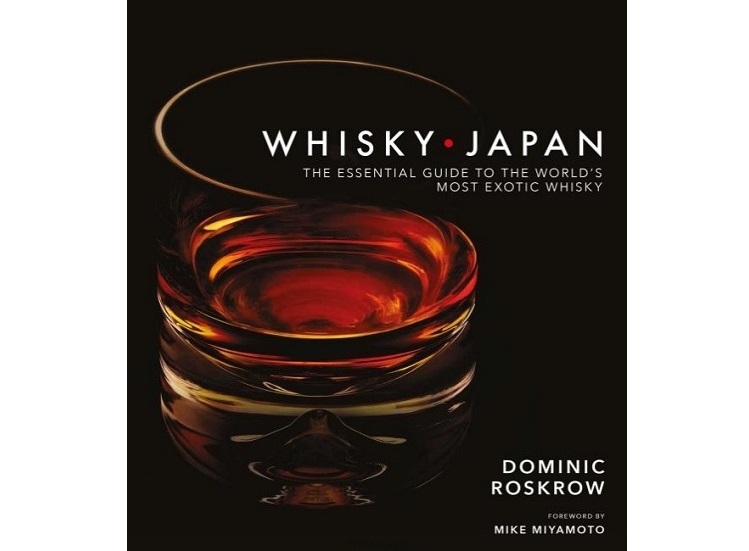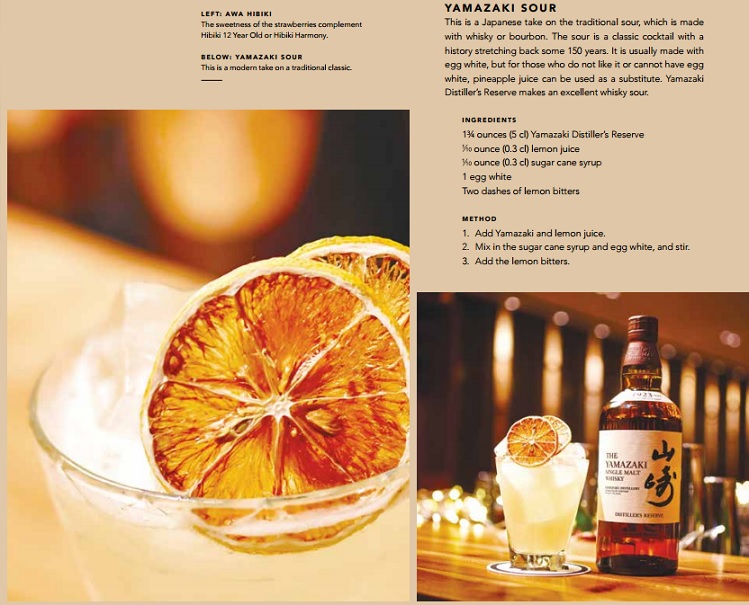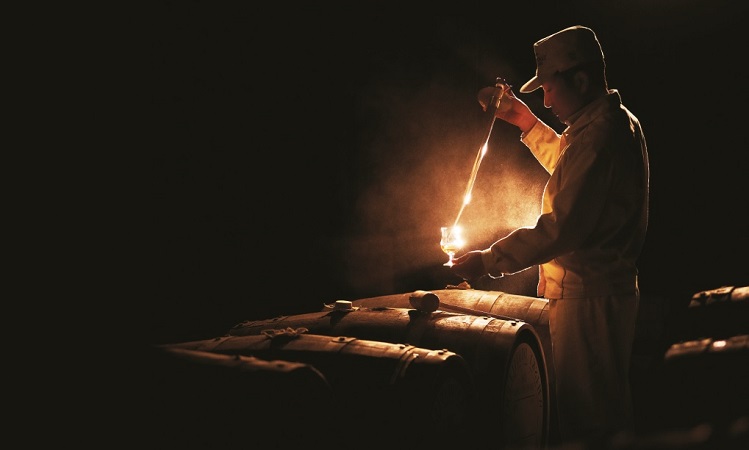When it comes to American whiskey, Irish whiskey, or Scotch, scribes have had centuries to tell their tales. But Japanese whisky, which was all but unknown to Western drinkers before the 21st century, presents a yawning information gap in desperate need of demystification.
Fortunately, English writer Dominic Roskrow has stepped up to the plate.
Roskrow’s Whisky Japan is a book worthy of its subtitle: “The Essential Guide to the World’s Most Exotic Whisky.” The tome weighs in at 281 pages pre-index, and while it contains some beautiful photos, it doesn’t skimp on the text. This isn’t a nicely illustrated book to toss on a coffee table and impress strangers with close-up shots of whisky staves: this is serious reading.
Whisky Japan has nine chapters. Three of these, arranged at the beginning, middle, and end of the book tell a chronological story: “The History of Japanese Whisky,” “The Rise of Japanese Whisky,” and the “Future of Japanese Whisky.” They are buttressed by a variety of whisky-related topics, ranging from an expected but satisfying “Tasting Notes,” the beautifully photographed “Whisky Cocktails and Food Pairings,” and the delightful “Bars Around the World,” which profiles bars with extensive Japanese whisky libraries in such diverse places as Singapore and Warsaw.

While Whisky Japan is written for the enthusiast, it doesn’t shut out those just beginning their whisky education. The chapter “Making Japanese Whisky” includes a comprehensive but accessible primer on the process of fermentation and distillation. However, there are a few points in the book where Roskrow’s focus moves to topics intended for the hardest of the hardcore: the same chapter spends five pages breaking down Japan’s climatological differences, which I struggled to get through without skimming.
One of the most rewarding aspects of Roskrow’s book is learning about the bottles you’ll likely never seen on a shelf—and if you do, should snatch up at any cost. The chapter “The Whisky Distilleries of Japan” includes not only the expected profiles of Yamazaki and Nikka, but also such dearly departed distilleries as Karuizawa and Hanyu, and domestic-only makers like Fuji Gotemba.
While this isn’t a small book, you’ll want to fit it in your luggage the next time you board a flight to Tokyo. I sorely wish I’d read the “Japanese Whisky Bars” chapter before my own visit to Japan last fall. The chapter on distilleries also includes visiting information for every distillery that is open to the public.

Following the climactic “Future of Japanese Whisky” chapter—which will have you frantically searching for every bottle of Yamazaki 12 in your state—there are a number of extras. A sort-of bonus chapter called “A Tourist’s Guide to Japan” offers a non-whisky-centric itinerary for visiting the regions of Japan. It feels somewhat unnecessary, but it’s researched and written with such high quality that it’s hard to complain. Of more immediate usefulness is an exhaustive directory of Japanese whiskies and a glossary of whisky terms.
There is a telling quote from the book’s penultimate chapter: “We have witnessed the end of an impressive beginning.” Whether you’re looking toward what the future has in store for Japanese whisky, or simply trying to get caught up with the story now, Whisky Japan is an essential, enjoyable read.
$35 | Buy Now




No Comments